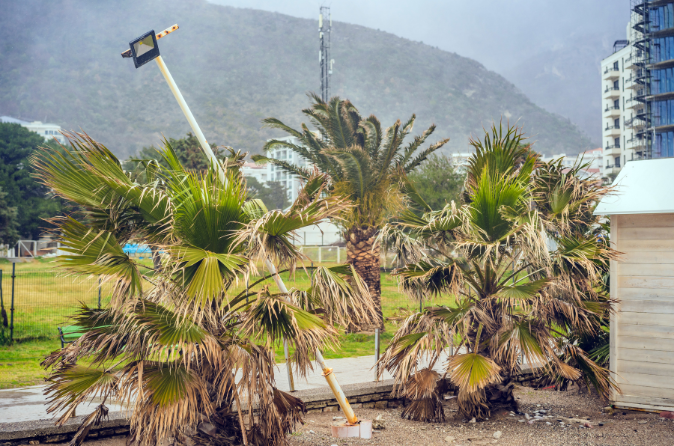23 Apr 2024
The question of electrical resilience
An era of climatic challenges for power grids
Climate change is redefining the rules of the game for the world's energy infrastructures. Extreme weather events, increasingly frequent and violent, are testing the robustness of our networks. Storms, floods, and heatwaves are no longer anomalies, but realities with which we must contend on a daily basis. These phenomena reveal the vulnerabilities of our systems and force us to rethink their design and management. The resilience of today's power grids is not just a matter of being able to repair quickly after a disaster, but requires strategic anticipation and continuous adaptation to cope with these new threats.
Responding through innovation and modernization
To build an energy system capable of withstanding the onslaught of climate change, network modernization is essential. The integration of renewable energies, the development of intelligent energy management technologies and the improvement of critical infrastructures, such as transformers, are all levers for increasing resilience. These innovations not only help to minimize the impact of disasters, but also to guarantee the supply of our homes and structures on a sustainable basis. In the face of these unprecedented challenges, these advances are the foundations on which the future stability of our energy supply will rest.
Lessons from recent disasters
Recent events, such as storm Ciarán in November 2023, show us the scale of the challenges ahead. With winds of 156 km/h plunging more than 1.2 million homes into darkness, the urgent need to reinforce our networks is becoming more than obvious - it's becoming necessary. These climatic crises, reminiscent of the Lothar and Martin storms of 1999, underline the importance of a prudent, well-equipped approach to managing damaged sites. The creation of suitable tools for such interventions, such as those developed by Penta, is crucial to ensure maximum safety for technicians and affected populations. These tools are not just technical aids, they represent a commitment to the lives and safety of those involved in recovery and reconstruction operations.
These perspectives highlight how vital it is to rethink our approach to power system safety and resilience. By combining strategic preparation, technical innovation, and feedback, we can aspire to a future where our networks are not only able to survive climatic challenges, but also to adapt and thrive despite these adversities.
